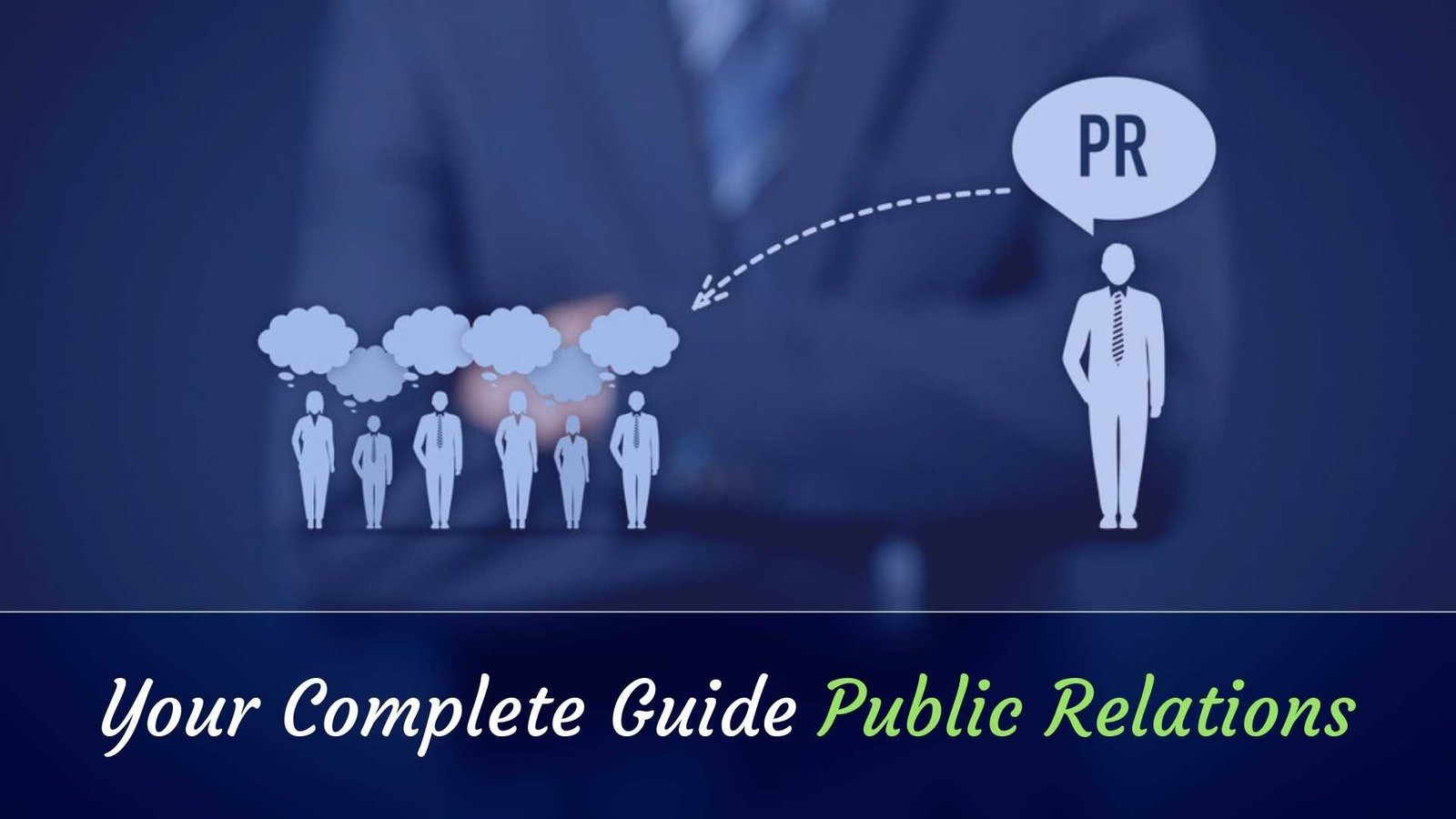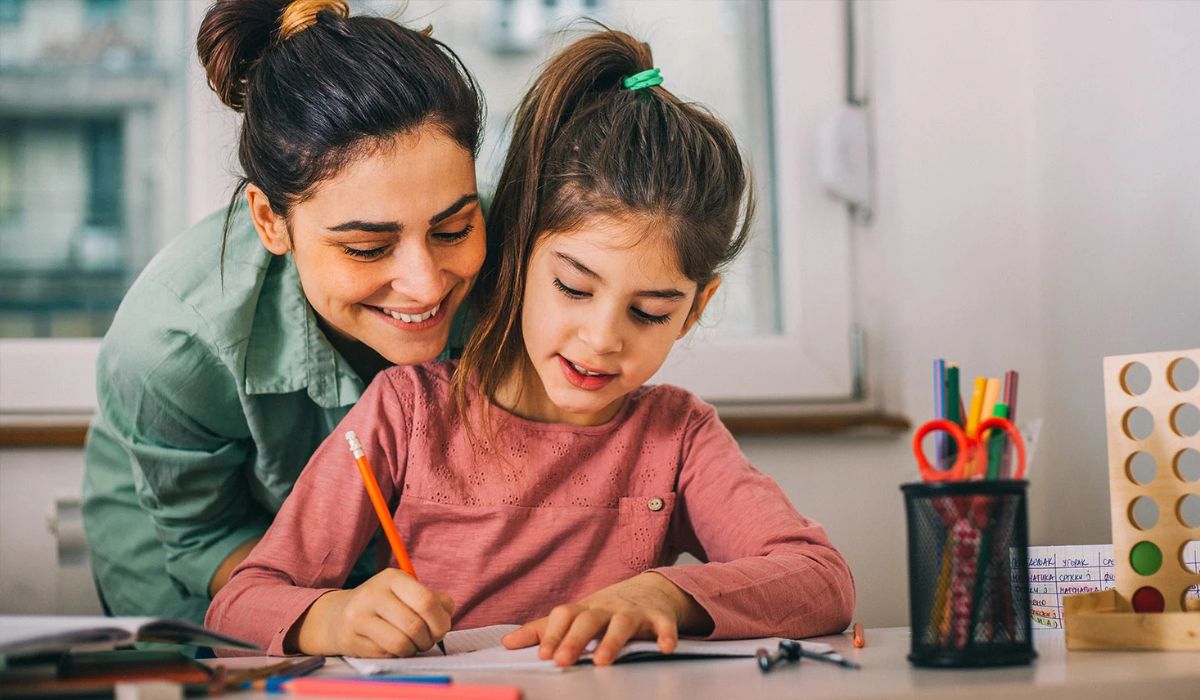Introduction
In a world that moves at lightning speed, the ability to pause, reflect, and simply observe can feel revolutionary. “Learn to sit back and observe. Not everything needs a reaction.” This quote resonates with many, reminding us of the importance of mindfulness in our daily lives. As we navigate the complexities of modern society, taking a moment to step back can lead to a more peaceful and insightful existence. This article will explore the meaning of this quote, its relevance in today’s fast-paced world, and the benefits of adopting such an approach.
Understanding the Quote: A Deeper Dive
Meaning and Interpretation
The quote encourages individuals to resist the urge to react impulsively to every situation or stimulus. At its core, it advocates for mindfulness—an awareness of our thoughts and feelings without immediate judgment or action.
Different interpretations may include:
- Mindful Presence: Taking a moment to appreciate the present without rushing into decisions.
- Emotional Regulation: Learning to manage our emotions rather than letting them dictate our actions.
Context and Origin
While the quote is attributed to Tymoff, specific details about its context remain ambiguous. However, the essence of the quote aligns well with mindfulness practices that have been prevalent in various cultures and philosophies for centuries. This context enriches the quote’s meaning, linking it to a broader historical narrative of self-awareness and reflection.
Relevance in Today’s World
In an age defined by rapid communication, social media updates, and constant notifications, the need for mindful observation is more relevant than ever. The pressures of everyday life can lead to impulsive reactions, often escalating stress and anxiety. This quote serves as a reminder to take a step back and evaluate situations before responding.
The Benefits of Observing Without Reacting
Reduced Stress and Anxiety
Practicing observation without immediate reaction can significantly reduce stress. When we allow ourselves the space to reflect, we can:
- Identify Triggers: Understanding what provokes anxiety allows for better management of these feelings.
- Choose Responses: Instead of reacting in anger or frustration, taking a moment can lead to calmer, more thoughtful responses.
Improved Mindfulness
Observing without reacting fosters mindfulness. This practice encourages:
- Present-Moment Awareness: Focusing on the current moment enhances our appreciation for life as it unfolds.
- Clarity of Thought: A clear mind allows for better decision-making and creativity.
Enhanced Self-Awareness
By stepping back, we gain deeper insights into ourselves:
- Understanding Emotions: Observing our feelings helps us understand their origins and influences.
- Personal Growth: This self-awareness paves the way for personal development and healthier coping mechanisms.
Improved Relationships
Practicing this approach can also strengthen our relationships:
- Fostering Empathy: By observing before reacting, we become more empathetic, understanding others’ perspectives.
- Reducing Conflicts: Thoughtful responses can minimize misunderstandings and conflicts, leading to healthier interactions.
Practical Tips for Implementing This Approach
Mindful Breathing
One effective technique to cultivate presence is mindful breathing. To practice:
- Focus on Your Breath: Take deep, slow breaths, paying attention to the rhythm of your breathing.
- Count In and Out: Count each inhale and exhale to keep your mind focused and calm.
Observing Thoughts and Emotions
Learning to observe thoughts and emotions without judgment can transform your approach to challenges:
- Acknowledge Feelings: When an emotion arises, acknowledge it without labeling it as good or bad.
- Let Thoughts Pass: Visualize thoughts as clouds passing in the sky, allowing them to come and go.
Practicing Patience
Patience is a crucial component of observation. To develop this skill:
- Delay Responses: When faced with a situation, count to ten before reacting to give yourself time to think.
- Allow Situations to Unfold: Sometimes, situations resolve themselves without intervention.
Setting Boundaries
Establishing boundaries helps limit unnecessary reactions:
- Identify Triggers: Recognize what provokes strong reactions and work to limit exposure to those triggers.
- Communicate Needs: Clearly express your need for space or time before responding to certain situations.
Case Studies and Personal Experiences
Real-Life Examples
Many individuals have shared their transformative experiences after adopting this approach. For instance:
- Maria’s Journey: A busy professional, Maria felt overwhelmed by her job’s demands. By learning to observe her reactions, she found she could take breaks and approach challenges with a clearer mind, leading to increased productivity and less stress.
Testimonials
Numerous testimonials highlight the benefits of this philosophy:
- “Learning to observe before reacting has changed my life. I feel more in control and less stressed.” — Alex P., Teacher.
- “It’s amazing how much clarity I gain by simply pausing. My relationships have improved significantly.” — Lisa M., Therapist.
Challenges and Overcoming Obstacles
Impulsivity
Overcoming impulsivity can be one of the most significant challenges in adopting this approach. Strategies include:
- Self-Reflection: Regularly reflect on past impulsive decisions to understand their consequences.
- Practice Mindfulness: Engage in mindfulness exercises to build awareness and reduce the urge to react.
Fear of Missing Out
The fear of missing out (FOMO) can also hinder our ability to observe:
- Recognize Triggers: Identify situations that provoke FOMO and develop strategies to cope, like limiting social media use.
- Focus on Personal Values: Remind yourself of what truly matters to you, steering clear of distractions.
Strategies for Overcoming Challenges
To combat these obstacles, consider these strategies:
- Set Realistic Goals: Aim to practice observation in small, manageable situations before tackling more significant challenges.
- Seek Support: Join mindfulness or support groups to share experiences and gain insights from others.
You May Also Like: Explore LookWhatMomFound com: A Trusted Platform for Families
Conclusion
In conclusion, learning to sit back and observe—understanding that not everything needs a reaction—can lead to profound benefits in our lives. This approach fosters mindfulness, reduces stress, enhances self-awareness, and improves relationships. As we navigate an increasingly fast-paced world, adopting this practice can help us cultivate a sense of peace and clarity, empowering us to respond more thoughtfully and effectively.
FAQs
What does “learn to sit back and observe” mean?
It encourages taking a moment to reflect instead of reacting impulsively to situations.
How can this approach reduce stress?
It allows for thoughtful responses, helping to avoid escalating anxiety and frustration.
What are practical ways to implement this mindset?
Techniques include mindful breathing, observing thoughts without judgment, and practicing patience.
Can this practice improve relationships?
Yes, it fosters empathy and understanding, reducing conflicts and enhancing communication.
What challenges might I face when trying to observe without reacting?
Common challenges include impulsivity, fear of missing out, and societal pressures to react immediately.











